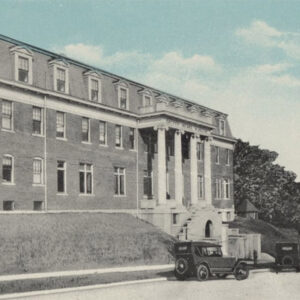 Sacred Heart Academy
Sacred Heart Academy
Entry Category: Institutions and Buildings - Starting with S
 Sacred Heart Academy
Sacred Heart Academy
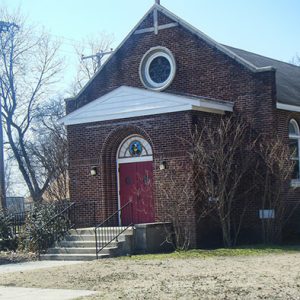 Sacred Heart Catholic Church
Sacred Heart Catholic Church
 Sacred Hearts Rectory
Sacred Hearts Rectory
 Salem Methodist Church
Salem Methodist Church
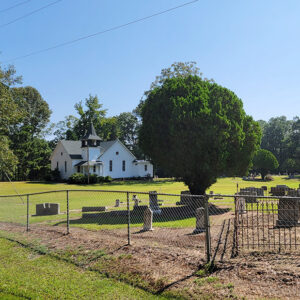 Sardis Methodist Church
Sardis Methodist Church
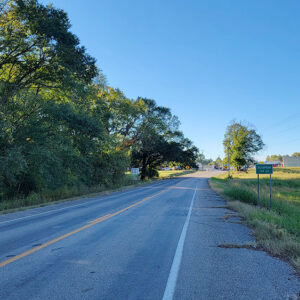 Entering Scranton
Entering Scranton
 St. Ignatius Church
St. Ignatius Church
 Scuba Lessons
Scuba Lessons
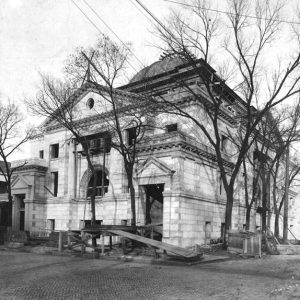 Second Baptist Church
Second Baptist Church
Shady Grove Delmar Church and School
 Sherrill United Methodist
Sherrill United Methodist
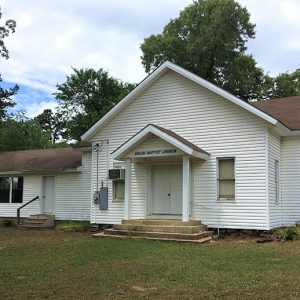 Shiloh Baptist Church
Shiloh Baptist Church
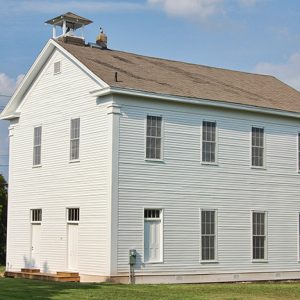 Shiloh Church
Shiloh Church
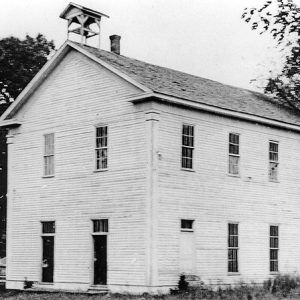 Shiloh Church
Shiloh Church
Shiloh Meeting Hall
aka: Shiloh Church
Shiloh Missionary Baptist Church
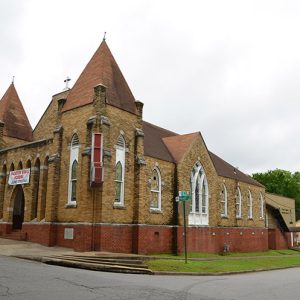 Shiloh Missionary Baptist Church
Shiloh Missionary Baptist Church
Shorter College
aka: Bethel Institute
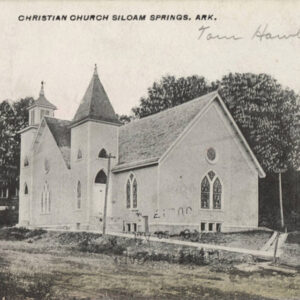 Siloam Springs Church
Siloam Springs Church
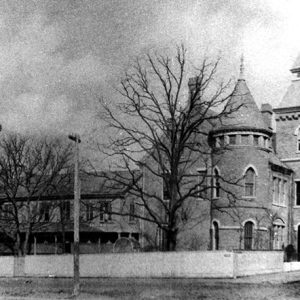 Sisters of Mercy Convent and Mount St. Mary Academy
Sisters of Mercy Convent and Mount St. Mary Academy
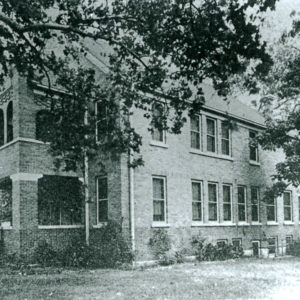 Sisters' School
Sisters' School
 Skyland Baptist Church
Skyland Baptist Church
 Snowball Baptist Church
Snowball Baptist Church
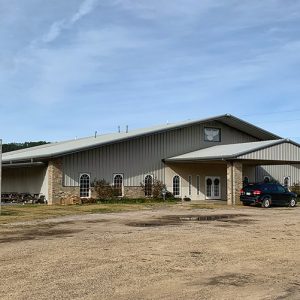 Solid Rock Church
Solid Rock Church
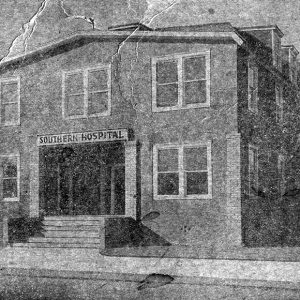 Southern Hospital
Southern Hospital
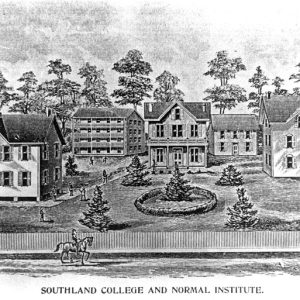 Southland College
Southland College
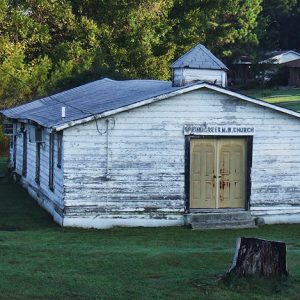 Spring Creek Missionary Baptist
Spring Creek Missionary Baptist
St. Agnes Catholic Church
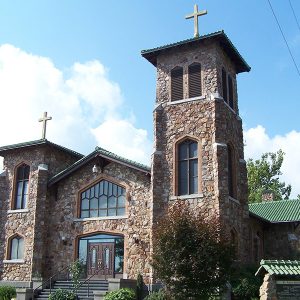 St. Agnes Catholic Church
St. Agnes Catholic Church
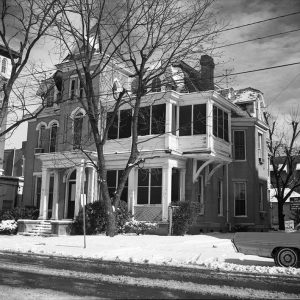 St. Andrew Rectory
St. Andrew Rectory
St. Andrew’s College
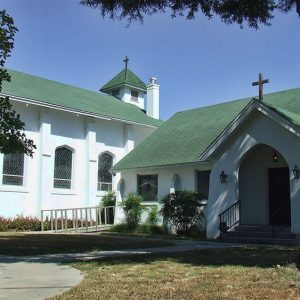 St. Andrew’s Episcopal Church
St. Andrew’s Episcopal Church
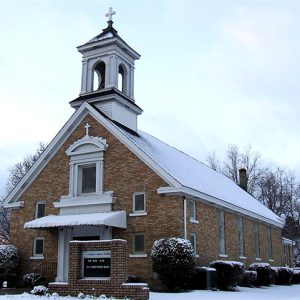 St. Anthony Catholic
St. Anthony Catholic
St. Bernards Healthcare
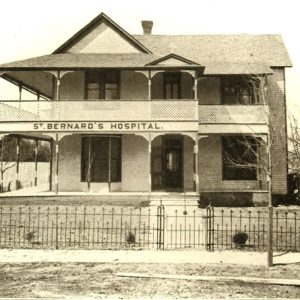 St. Bernards Medical Center
St. Bernards Medical Center
 St. Bernards Medical Center Ticket
St. Bernards Medical Center Ticket
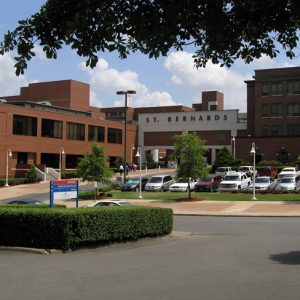 St. Bernards Medical Center
St. Bernards Medical Center
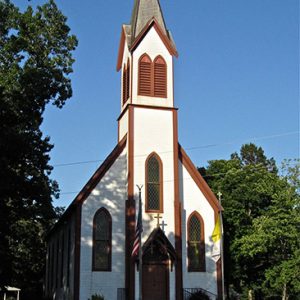 St. Boniface
St. Boniface
 St. Boniface Rectory
St. Boniface Rectory
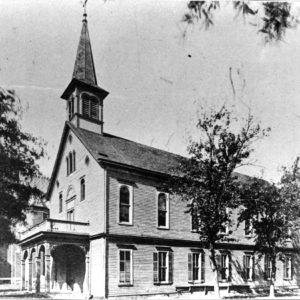 St. Edward Catholic Church
St. Edward Catholic Church
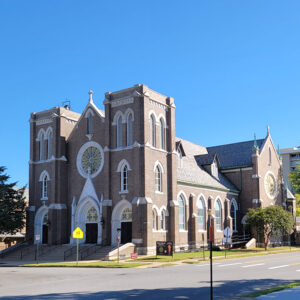 St. Edward Catholic Church
St. Edward Catholic Church
St. Edward Catholic Church
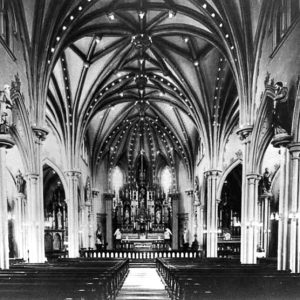 St. Edward Catholic Church Interior
St. Edward Catholic Church Interior
 St. Edward Church Annex
St. Edward Church Annex
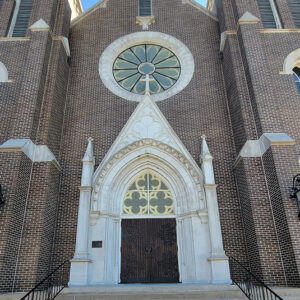 St. Edward Church Entrance
St. Edward Church Entrance
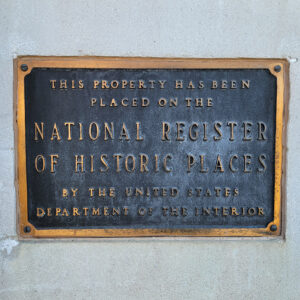 St. Edward Church Plaque
St. Edward Church Plaque
 St. Edward Church School
St. Edward Church School
 St. Edward First Communion
St. Edward First Communion
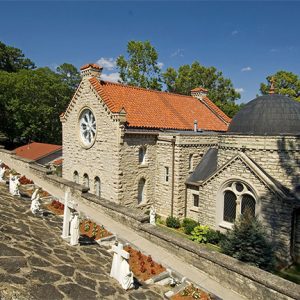 St. Elizabeth's Catholic Church
St. Elizabeth's Catholic Church
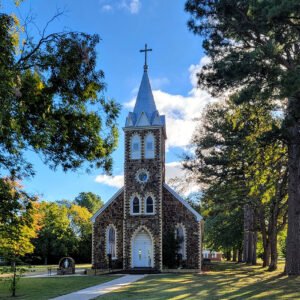 St. Ignatius Catholic Church
St. Ignatius Catholic Church




